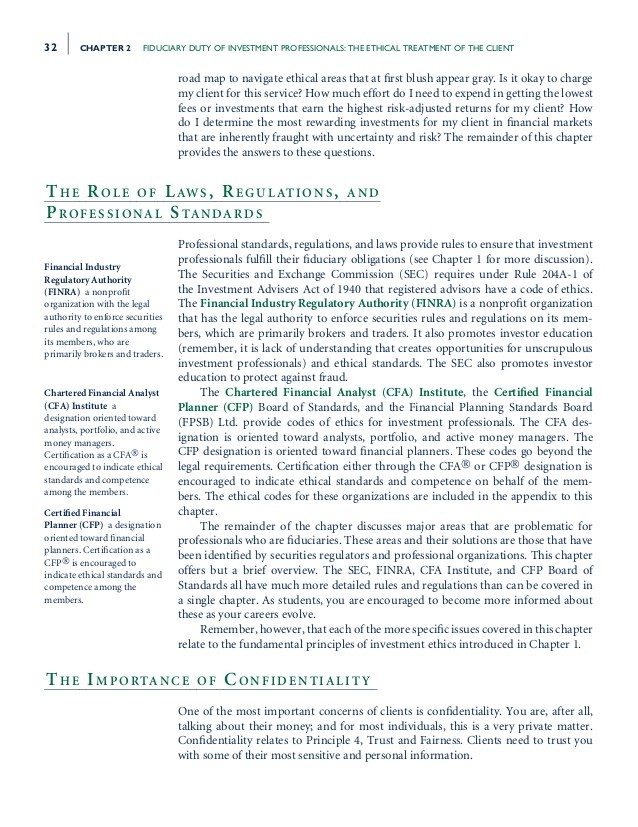Asset allocation diversify Investment terms a mystery to many The Boston Globe
Post on: 30 Июнь, 2015 No Comment

May 26, 2007
Next time I’m tempted to pontificate about asset allocation, diversification, and rebalancing, I’d better explain what I mean.
I’ve made this resolve after perusing the latest in a series of investor knowledge surveys by American Century Investments.
For years, the company’s highly focused surveys have consistently exposed a basic lack of understanding of investment terms and concepts by the American public.
Most recently, a 10-question survey given to more than 680 Americans 18 to 41 years old found fewer than half understand the fundamental benefits of a well-diversified investment portfolio.
And fewer than one in five recognize the meaning of asset allocation, a term continually bandied about by investment advisers and the financial press.
In the survey, the question was: Which of the following is true about asset allocation? The choices were:
The correct answer? It is all of the above, picked by only 14 percent of those between 18 and 26 years of age and by 18 percent of the Generation Xers, those 27 to 41 years old.
To their credit, 60 percent of the younger adults and 49 percent of Generation Xers chose don’t know, suggesting they are more inclined to admit ignorance (but also to learn) than to try to guess.
These generations are comfortable admitting that they don’t know some of the basics of investing, said Donna Byers, an American Century senior vice president, but they are also eager to learn.
To be sure, some purists will argue that the statements used to describe asset allocation are overly simplistic and not properly qualified.
Others will insist that tangible assets such as real estate, precious metals, and commodities should be included in the asset-allocation mix.
And I am not certain everybody understands that a medium- to long-term bank certificate of deposit qualifies as a bond, just as a debt obligation from the government or a corporation does.
Cash does not mean the money in your wallet or just your checking account balance, but is a generic term that extends to very short-term investments easily converted to cash such as US Treasury bills, for example.
My plain-English definition of asset allocation is simply dividing your money into different types of investments consistent with the return you seek and the risk you’re willing to take.
The proper asset allocation leads to diversification, the proverbial not putting all our eggs in one basket.
Diversification reduces the overall volatility (ups and downs) of a portfolio because while one type of investment goes down, another may be going up.
(Another benefit, not mentioned in the survey question, is that diversification lowers the risk of a big loss.)
Other recent surveys by American Century have found similar knowledge gaps. For example, only 13 percent of investors in 2005 understood the widely recommended practice of portfolio rebalancing.
It simply means restoring a portfolio to its desired asset allocation by buying more of the types of investments that have gone down in value and/or selling some of those that have gone up.
In 2001, investors flunked a basic questionnaire on bond basics, with less than one-third understanding that bond prices fall when interest rates rise, and vice versa.
Humberto Cruz is a columnist for the South Florida Sun-Sentinel.














